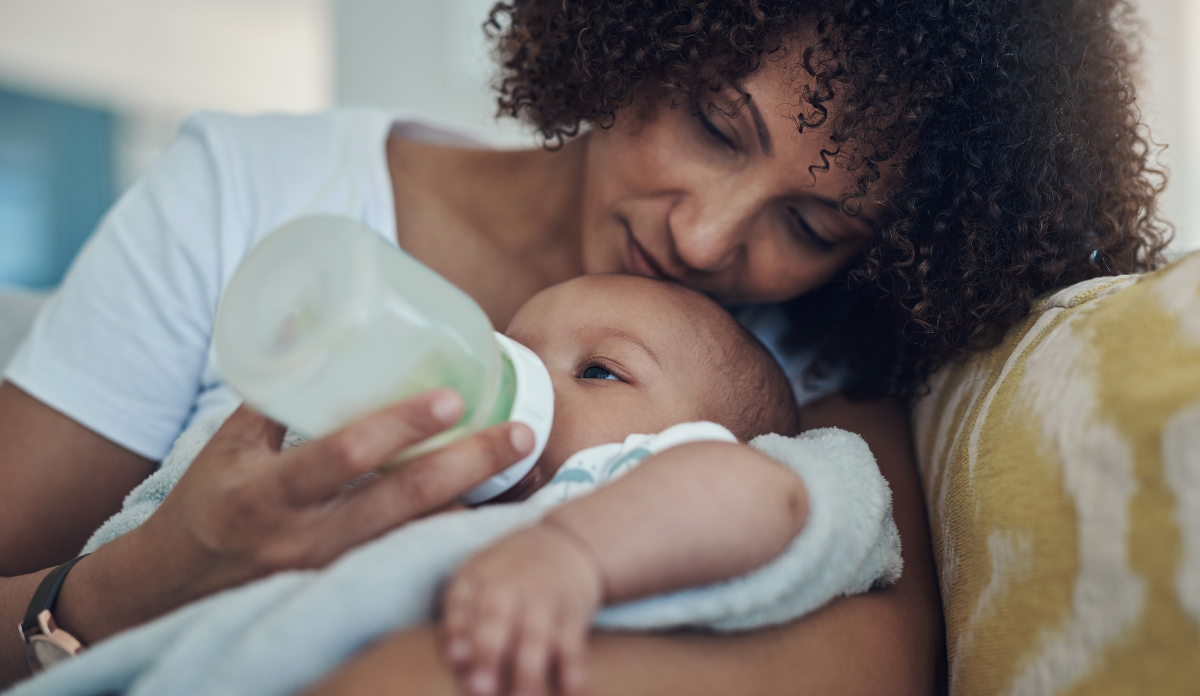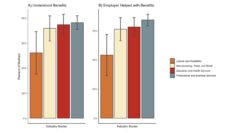Research consistently finds that use of paid leave is associated with better infant and maternal health outcomes. Yet, the United States is an outlier: it is the only developed country that does not provide national paid family leave after childbirth. Only one in four U.S. employees have paid maternity leave benefits, primarily high-paid employees in professional or management-level positions. Some employees can use other paid leave, such as sick leave or vacation time. But many, especially lower-income employees, have no paid leave available after childbirth.
Many people, advocates, and professional groups support national paid family leave policy. In recent years both the Trump and Biden administrations have proposed paid family leave for all workers. And in 2020, federal employees were granted 12 weeks of paid parental leave. While federal bills providing paid family leave for all workers have not passed, an increasing number of U.S. states have passed state paid family leave laws.
In 2016, New York was the fifth state to implement a Paid Family Leave program. New York’s Paid Family Leave law took effect on January 1, 2018, providing eligible employees with 8 weeks of job-protected leave paid at 50% of wages (maximal amount paid in 2018 was $648 per week). Over the next four years, the duration of leave increased to 12 weeks while the maximum amount paid increased to $971 per week in 2021.
We published a study in the Maternal Child Health Journal that compared maternity leave before and after the Paid Family Leave law was in effect among women living in New York (outside New York City). Before implementation, 56% of women took some type of paid leave following childbirth (vacation, sick time, or paid family leave). During 2018, after the Paid Family Leave law took effect, 70.4% of women took paid leave, a 26% relative increase. Use of paid leave increased for all age groups, race/ethnicity groups, educational levels, marital status, delivery type, or parity. Notably, greater increases were observed for women of color with the largest relative increase (73%) among Black, non-Hispanic women.
Several factors affect an individual’s decision to take maternity leave. We found that, after the Paid Family Leave law was in effect, fewer women reported concerns about “not having paid leave” or being “afraid of losing [their] job.”
Some employers expressed concern that paid leave would increase the duration of leave taken by women after childbirth, but this did not happen. The average duration of leave taken remained unchanged at 12 weeks. What did change was the type of leave used. Unpaid leave appeared to be replaced with paid leave, with the net effect being that there was no change in total leave taken.
In summary, implementation of New York’s Paid Family Leave law led to increased use of paid leave after childbirth for all women. The greater impact among women of color, who were less likely to have paid leave previously, suggests that New York’s law was associated with more equitable use of paid leave following childbirth. Increased awareness and normalization of paid family leave use by both parents would maximize implementation and reach of the Paid Family Leave law. Wider implementation of paid leave policies across the U.S. could further reduce disparities in maternal and child health outcomes and promote health equity.
Photo via Getty Images















